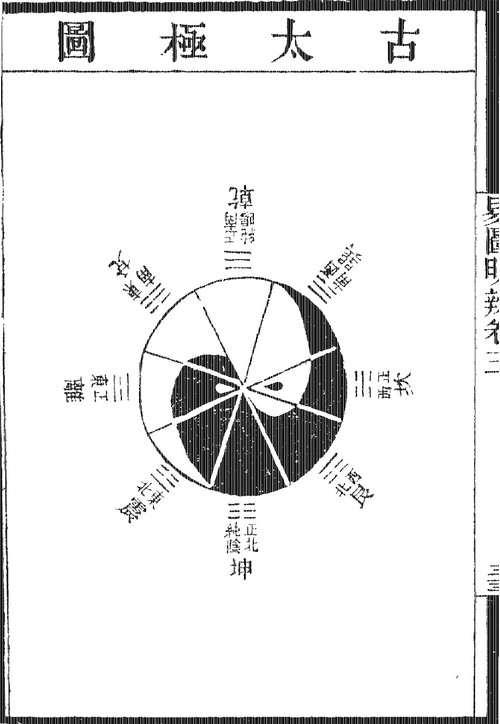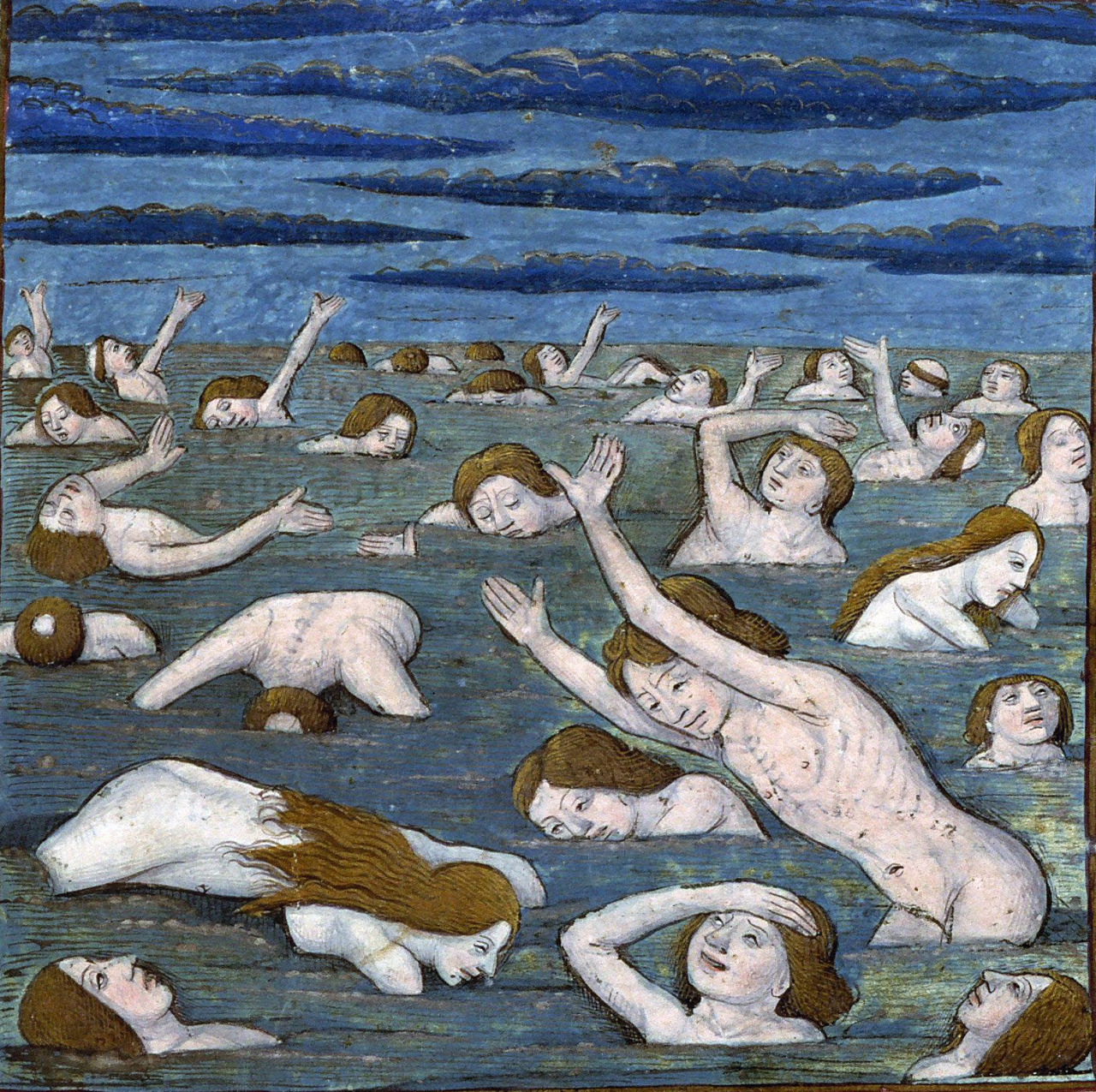到了一定年紀,我們都會擔心一個問題:老化。老化的一個重要的表徵,就是骨質流失,骨質密度降低,甚至出現「骨質疏鬆症」(Osteporosis)。
骨質流失,骨髂裡的孔隙變多,愈來愈沒辦法承受日常生活負擔身體的重責大任,一不小心,就容易骨折。
人類的巔峰骨骼質量(peak bone mass)通常在30到40歲間就會達到,隨後便會走下坡,漸漸發生礦物質流失(demineralization)現象。一般來說,女人骨質流失最快的時期是停經後五年間,脊椎密度平均每年減少3-6%,而超過50%年過80歲的女性會有骨折的經歷。男性骨質流失的速率則較為穩定,在達平均巔峰骨骼質量後,依據不同部位,每年流失約0.5-2%。(資料來源:維基百科。)
怎麼辦呢?特別是更年期後的女性,該怎麼辦呢?吃藥嗎?根據紐約時報的報導,「骨質疏鬆藥物可能導致腸胃不適及股骨骨折的副作用,最近一項研究發現,在逾十二萬名患有骨質疏鬆症的婦女當中,只有 28% 的患者在確診一年內開始服用骨質疏鬆藥物,許多患者不願服藥,就是因為想要避免腸胃不適的問題。」(研究資料請參考這篇論文。)
還有別的辦法嗎?當然有。
練瑜珈吧。

(picture source)
一天(或者至少隔天)花個十二分鐘,重覆練習簡單的十二個動作,就能有效增加骨質密度!
以往我們都知道,是啊,練瑜珈有益身心健康,增加肌耐力、關節可動範圍,改善不良姿勢,消除或者降低情緒壓力等等。但是,知道是一回事,練習又是一回事。對於那些始終不相信的朋友,我們要怎麼「證明」給他們看呢?
改善身心健康不可能是一兩天就辦到的事。也就是說,要「證明」瑜珈的效果,研究的規模,也不可能只看短期的變化;換成白話文來說,要花不少時間、人力,以及經費。「醫學研究」最常見的贊助者就是藥商,天底下大概找不到哪家藥商願意贊助大筆金錢去研究這種不必吃藥的事。
專長為復健醫學的哥倫比亞大學物理治療學者費什曼醫師(Dr. Loren M. Fishman)多年來一直持續在蒐集瑜珈與骨質健康之間的證據,希望能夠證明瑜珈能否作為骨質疏鬆的有效療法。(費什曼醫師本身就是一位長期的瑜珈練習者,也寫過不少瑜珈和醫療相關的書籍。)
醫學界多數認為成年以後還想再增加骨質密度的難度很高,甚至根本不可能。在特定條件下,像是太空人在失重的環境下待個兩三個星期,骨質就可能流失兩成或者更多。而很多瑜珈動作,都會增加對骨頭的壓力(可見我們非常需要這種壓力);訓練一組肌群和另一組肌群同時進行相反方向的作用力,根據練瑜珈的費什曼師醫的說法,「就能刺激骨細胞生長!」
費什曼醫師在 2005 年開始進行一項小規模的實驗性研究,經過四年後發現,「相較於七名對照組、未練習瑜珈的志願者,十七位持續練習瑜珈的志願者,其脊椎和髖關節的骨質密度都有增加。」只是這項研究的規模算是非常小。
以美國來說,每年平均大概有超過七十萬件脊椎骨折的病例、髖關節骨折的病例也超過三十萬件,找不到藥廠支持的費什曼醫師決定自掏腰包(真是佛心,真是感人啊)擴大研究規模,並和其他大學及醫院的研究人員合作,透過網路在全球招募了 741 名志願者,在 2005 年至 2015 年間參與研究。其中有 227 名志願者(202 人為女性)在這超過十年的研究期間,每天或至少每隔一天,都乖乖練習指定的樹式、三角式、戰士二、側三角式、扭轉三角式、蝗蟲式、橋式等等十二個瑜珈動作。(重點不是哪幾個瑜珈動作,重點在於,每天練,或者每隔一天就練,持續練。)
最吸引人的重點來了:這 227 名志願者,在參與研究時的平均年齡為六十八歲,其中有超過八成的人都患有骨質疏鬆症或已經出現骨質缺乏症的早期跡象。
研究人員在研究開始前先取得參與者的骨質密度、血液及尿液化學分析、脊椎和髖關節 X 光等測量資料,每位參與者都會拿到教導十二種瑜珈動作的 DVD,並參與一項網路計畫來紀錄他們的練習結果和頻率。研究進行十年後,參與者再次接受骨質密度檢測,結果發現這 227 名持續練習瑜珈動作的參與者,其脊椎和股骨的骨密度都有明顯改善。參與者的髖關節骨密度也有些許增加,但幅度比較不夠顯著。
在研究開始以前,這七百多名參與者總共累積一百零九起骨折病例。在這練習瑜珈、實驗研究進展的十年過程裡,沒有人再通報或在 X 光檢查中發現骨折,或者任何和練習瑜珈有關的嚴重傷害。
意思是說:瑜珈對於骨質嚴重流失者應該是很安全的療法。
紐約時報的報導是這樣說的,「就算骨密度未能因練習瑜珈而增加,但卻能改善姿勢和平衡,這些也能夠發揮保護的功效。」
除了嚴重意外事件,脊椎骨折最重要的原因,就是長期姿勢不良。上述研究的主導者費什曼醫師是這麼說的:
姿勢不良是無藥可醫的,瑜珈卻能幫得上忙。此外,瑜珈可以增加關節可動範圍、肌耐力、協調性,並且能降低焦慮,這些都有助於提昇身體站直、不致摔倒的能力。只要能不摔倒,就能大幅減少發生嚴重骨折的風險。
我們家裡都有長輩(記得上面提到的重點,那兩百多名志願參與者的 平均年齡是六十八歲),我們也都會慢慢變成別人的長輩。別的理由不說,光是能讓自己在逐漸變老的必然過程裡,還能夠繼續站穩,就值得了。
一起來練瑜珈吧!(握拳)
(本文取材自維基百科、紐約時報,費什曼的研究報告採用 CC BY-NC-ND 3.0 的授權方式,有興趣的朋友可以自行下載 PDF 全文。)



